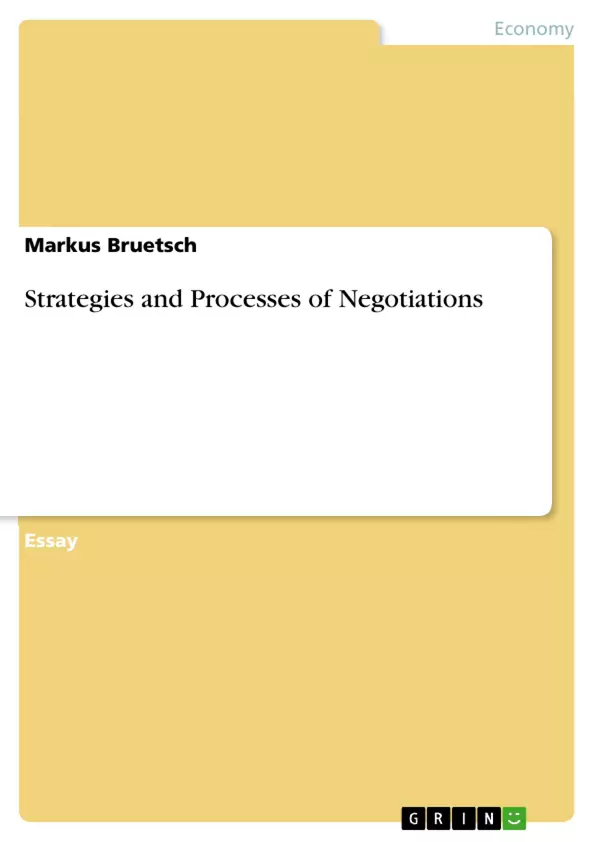“I’ll make him an offer he cannot refuse” Vito Corleone (Marlon Brando) in The Godfather I Telling the compelling story of an Italian crime family, the Corleone Family, named after the town of its Sicilian origination, the Trilogy of The Godfather has become one of the greatest sagas in movie history. Written by Mario Puzo and directed by Francis Ford Coppola, the 10 hour epic narrates the story of eight-year old Vito Andolini (Brando), escaping from the town of Corleone out of a deadly threat of a local mafia killing. Being sent to New York at the break of the 20th century he makes his way to the top of the five New York mafia families. Now feared and respected, Don Vito is known by all as the Godfather. In the course of the trilogy the aging Don rules his empire with the aid of his four sons: quick-tempered Sonny (Caan), weak Fredo (Cazale), Ivy League-educated Michael (Pacino) and adopted Tom Hagen (Duvall), nearly each of which comes to a death tragically connected to the heritage of his father. As the next generation Don of the family, “Commendatore” Michael grabs for the power and expands the business beyond the US national borders becoming the ruthless and fiercely powerful head of a conglomerate of drug and gambling businesses, backed by top-level corruption, killings and betrayal. Distinct to common gangster movies, the often colliding interests of old friends, business partners and enemies makes this movie a fine tuned masterpiece on the complexity of friendship, trust, honor and politics. For the purpose of this paper, prior knowledge of the movie eases the understanding of the sometimes long reaching and fine notions in the characters actions. Nonetheless the presented background information on the course of actions will be sufficient to enable the reader to fully understand the implications of each analyzed move. Subject of this analysis will be the Don’s reach for the control for an international business conglomerateImmobiliare.Several parties are striving for this position in the third part of the epic, often using third parties for their moves, following different but not always mutually exclusive objectives. [...]
Table of Contents
- BACKGROUND
- History
- Parties and Interests
- THE PLAYERS
- Michael Corleone
- Don Altobello
- Archbishop Gilday
- Don Lucchesi
- Fredo Corleone
- Mary Corleone
- THE DEAL
- Michael's Perspective
- Don Altobello's Perspective
- The Other Dons' Perspective
- The Vatican Bank's Perspective
- The Immobiliare's Perspective
- THE STRATEGIES
- Michael's Strategy
- Don Altobello's Strategy
- The Other Dons' Strategy
- The Vatican Bank's Strategy
- THE PROCESS
- Phase 1: Introduction of the Parties
- Phase 2: The First Meeting - Introduction of the Deal
- Phase 3: Building Trust
- Phase 4: The Agreement
- Phase 5: The Deal Breaks Down
- THE OUTCOME
Objectives and Key Themes
This paper analyzes the intricate negotiations surrounding the acquisition of International Immobiliare, a global real estate conglomerate, in the film "The Godfather Part III." The paper explores the strategies and processes employed by various parties, including Michael Corleone, Don Altobello, the Vatican Bank, and the other Mafia families, as they attempt to secure control of the company. The focus is on understanding the motivations, goals, and negotiation techniques employed by each player, while highlighting the complexities of power dynamics and the pursuit of legitimacy in a world of organized crime.
- The pursuit of legitimacy and the desire to shed a criminal past.
- The complexities of family dynamics, trust, and betrayal in the context of power struggles.
- The strategic use of negotiation tactics and the importance of understanding the perspectives of all parties involved.
- The role of external forces, such as the Vatican Bank, in shaping the outcome of negotiations.
- The interplay of power, money, and morality in a high-stakes business environment.
Chapter Summaries
- BACKGROUND: This chapter sets the scene by introducing the primary players and their motivations. It provides a brief history of the Corleone family and their involvement in organized crime, highlighting Michael's desire to move away from his criminal past and achieve legitimacy. The chapter also introduces International Immobiliare, the Vatican Bank, and the other Mafia families, outlining their interests and potential roles in the negotiations.
- THE PLAYERS: This chapter presents detailed profiles of the key individuals involved in the negotiations, focusing on their personalities, relationships, and strategic goals. It examines Michael Corleone's ambition and his desire to achieve legitimacy through the acquisition of Immobiliare, while also exploring the motivations of Don Altobello, a seemingly loyal friend who may have hidden agendas. The chapter also introduces other important figures, such as Archbishop Gilday, Don Lucchesi, Fredo Corleone, and Mary Corleone, highlighting their roles in the unfolding drama.
- THE DEAL: This chapter delves into the proposed deal surrounding Immobiliare, examining the perspectives of each party. It explores Michael's desire to secure control of Immobiliare as a means of legitimizing his family's fortune and protecting his children's future. The chapter also analyzes the motivations of Don Altobello, the Vatican Bank, and the other Mafia families, highlighting their competing interests and potential for manipulation.
Keywords
This paper explores the complex world of negotiations, particularly in the context of organized crime and the pursuit of legitimacy. Key terms include: power dynamics, strategic alliances, trust, betrayal, family legacy, organized crime, legitimacy, Vatican Bank, International Immobiliare, and the Corleone family.
- Quote paper
- Markus Bruetsch (Author), 2005, Strategies and Processes of Negotiations, Munich, GRIN Verlag, https://www.grin.com/document/57937



